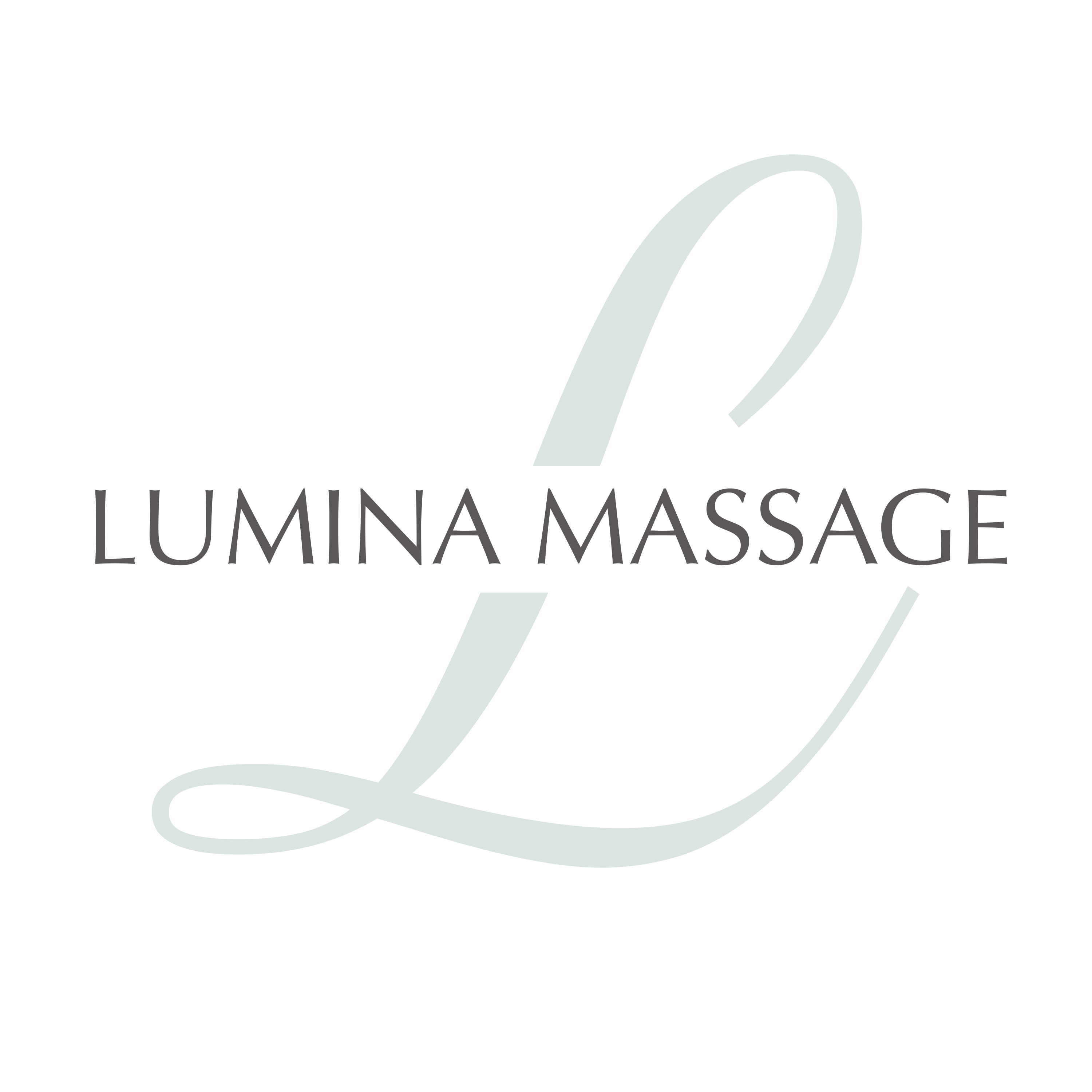Runner’s Paradise: Massage for Marathons
I remember when I bought my first running shoes. They were Asics and I was thrilled. I had visited one of the premier running stores in my area because I was nervous about my purchase and I wanted the best shoes. Now, I don’t know if Asics are the best shoes overall but I’m a fan and what it taught me was the value of what a runner has to do to prepare themselves for a race.
Some participate in marathons for pure pleasure, others run to achieve a deeper, personal goal and others still, use the race as a representative to challenge their bodies more than ever and relish in the accomplishment of the race.
As the season for marathons approaches, I recall that I have treated many runners in my years of therapeutic massage. You may have begun your training or just breaking in your new running shoes as you take advantage of being outdoors. If this is the case, my hats off to you.
In this post, I’ll highlight the areas of the body most needed for an effective run before and afterwards: common injuries and if massage is right for you. Running affects so many different systems of the body. It is the easiest and least expensive form of cardiovascular exercise and has the minimum amount of preparation time, just put on your shoes and go!
How Running Affects Muscles
This is important to cover because when most people think of running they picture the thin build of a runner which has lean and long muscle tone. It’s also thought of more so to improve circulation and the respiratory system; little thought is given to the muscular system until an injury occurs. When running, muscles are exerted, filled with oxygen due to the demand placed on the lungs. As oxygen is placed into muscles, it creates a positive effect on the body. Muscles learn endurance as the runner elongates their time with each training; muscular tone and strength develop due to the continuous stress placed on the legs and feet which also has the potential of causing strain and injury. When training for a marathon, consider massage therapy to be as vital as taking supplements, eating well and staying hydrated. Every athlete knows that much time, energy and finances are poured into the maintenance of the body because it will prevent trauma and severe setbacks.
Areas to Focus On
Because of the stress and strain mentioned above, when we think of running , we see pictures of well toned legs and running shoes. It’s obvious that the legs and feet take an immense amount of impact. With each step, pressure is placed on joints such as the ankle, knees and hips. With each strike of the pavement or surface, a resounding ripple is sent from the foot through the legs causing the lower extremities to gain the most muscular tone as well as suffer the most damage in long term runners. So in massage the goal is to focus on the feet, legs and hips as the priority during the session.
Common Injuries
In the feet, plantar fasciitis occurs easily as these small tendons are stretched and strained while running. Ankle sprains and tendon tears in the knee can also occur. The gluteal muscles, powerful forces when running in any leg movements will also gather stress and tension. It’s also vital the gluteals are addressed in reducing their level of tension to prevent the possibility of sciatic nerve impingement. If an injury takes place, understand that a setback and time in recovery is inevitable. I’ve even known those that have had to eliminate their position from races due to injury. However, not all injuries result in the same dramatic result but for those unfortunate moments, a neuromuscular massage and some time away from running may be enough to leave you with the chance to still compete.
Massage before the Marathon
The more you train, the more stress you’ll place on your body. those who have trained for marathons know the importance of daily running in order to build endurance and mental focus for the challenge ahead. Pacing yourself is crucial during this time to avoid injury and I recommend a massage once a week if you’re in a serious training program for a marathon and run on a daily basis. The style of massage can be a blend of deep tissue mixed with relaxation massage with the emphasis of time focused on the hips, legs and feet. As your body begins to change, so will your massage and the amount of pressure placed on legs. Detailed work on calf muscles and around the knee joints will be highly appreciated by the runner during their massage session as ligaments and tendons also need to be treated in order to reduce over strain and painful injuries. You and your massage therapist are working towards a goal, to enhance your body’s muscular system for optimal performance.
After the Marathon
After the marathon I recommend a massage no longer than 24 to 48 hours after the event. If you’ve been consistent about receiving sessions during your training the same pressure can be applied. Your Massage Therapist has been working with your body, becoming accustomed to the growth in muscle tone and areas of need before the marathon and will have a better understanding of what your needs are afterwards.
If you have never received a massage before the marathon I recommend the same time frame after the event (24-48 hours). Be cautious with the amount of pressure used (e.g. not deep tissue and not a fast paced massage). Why is this? Because massage affects the muscles directly and when force is applied with pressure that is too strong and with much speed it can cause additional soreness that didn’t exist in addition to your body having been through an exhaustively long (26 miles for a full marathon) and physically draining circumstance.
Sports Massage vs. Deep Tissue
Both of these style of massages are helpful for those with strong muscle tone. Sports massage is fast-paced, light and with a fair amount of friction. It’s normally utilized directly before a race to stimulate muscle tissue into a state of alert and preparation for what’s to come. This Sports Massage can be done the same day of the event and I’ve even seen Massage Therapists apply this method onsite just an hour before the event. Deep Tissue Massage is categorized as relaxation. It caters to the deep muscles in the body and is normally applied with a slower pressure as the muscle releases under the guidance of the Massage Therapist. Deep Tissue Massage may be most helpful after the event ,depending on the muscle tone of the person. I recommend being analyzed by a qualified therapist with a history of working with a clientele that is very active or professional athletes.
Marathon running can be exhilarating, exciting and an extraordinary challenge. As your body changes and grows during your training season I hope you take the time to find an excellent Massage Therapist that will partner with you in helping your muscles improve their flexibility, de-stress and aid in creating a superior environment where you can continue to be as active as possible.



